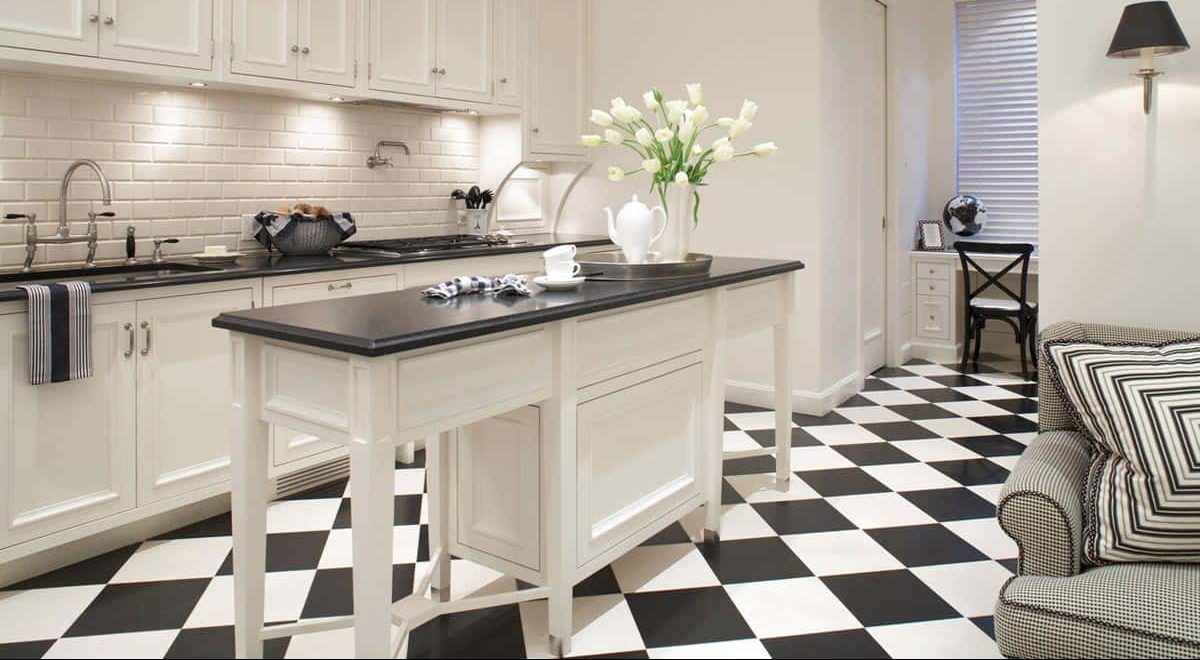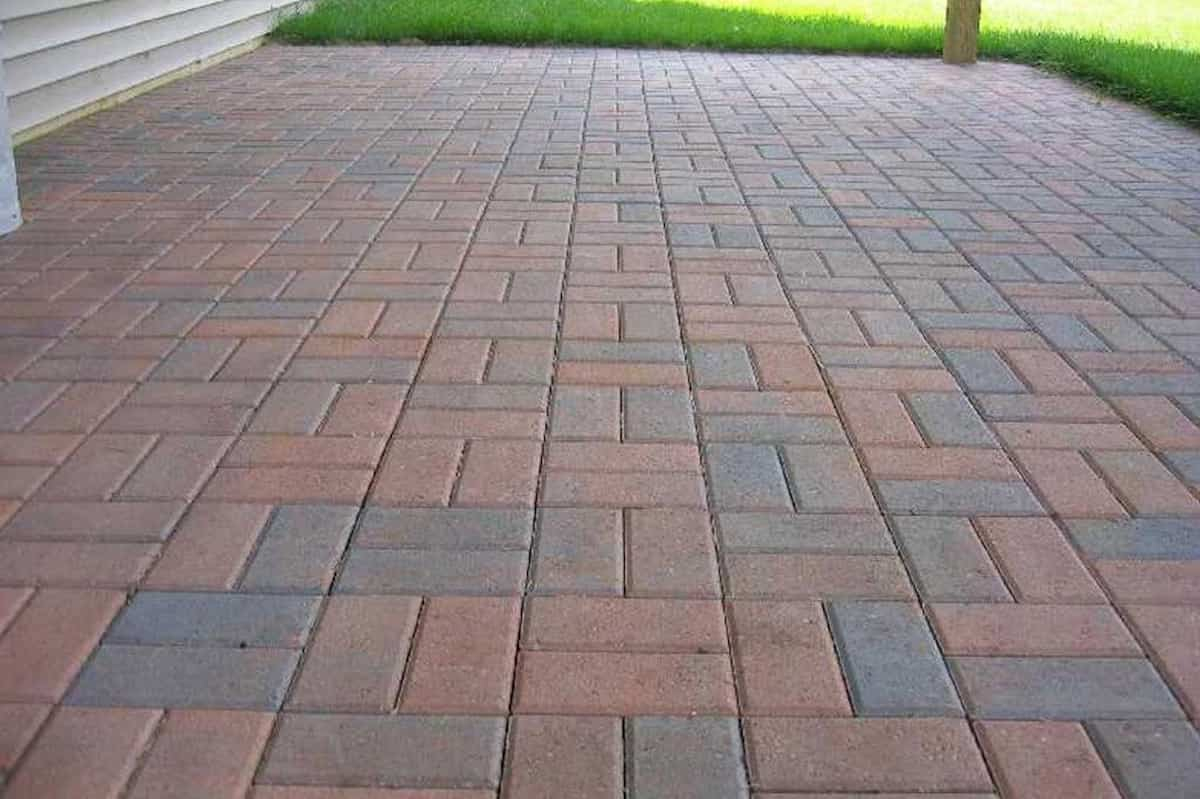It may make sense to tile around or under the new cabinets you’ve chosen for your kitchen instead of under them, believing that this will allow you to save on the cost of colorful ceramic tiles. However, this is not the case.
However, doing so may lead to future problems, such as water damage or a permanently clogged dishwasher that is difficult and time-consuming to repair.
These problems may be avoided by not doing what is suggested.
Keep reading to find out why you should put tile under your cabinets, unless there are exceptional circumstances that prevent you from doing so.

There is no predetermined order in which you are required to install each component. However, there are several reasons why we recommend starting your own tiles.
If any of your appliances such as refrigerator, dishwasher or ice maker leaks water, placing the cabinets on top of the tiles will prevent water from reaching under the cabinets.
Water trapped under cabinets may be your problem with mold or mildew in grout lines or flooring.
If you lay your tiles first, water won’t have a chance to seep between the tiles and the sub-floor, which will speed up the process of developing a leak.
If you install the cabinets so that they sit directly on the subfloor, you will reduce the overall height of the cabinet.
The height of your cabinet should be between 34 and 36 inches. This is the standard height for construction and is intended to work with a wide range of domestic appliances, including dishwashers.
You can choose cabinets that are lower or taller to meet the needs of your family.
If you install your cabinets before your tiles, having a professional tile installer you choose saves time, which in turn saves on labor costs.
This is because they won’t have to cut the tiles to fit the cabinets.
If you install your fixtures above the finished floor, it will be much easier to remove and replace them during maintenance.

If you press-fit the item onto the tile after installing the floor, you may find that you have to exert a lot of effort to remove it from the floor and cabinets, and you may even damage some of the tile in the process. .
If this happens, you risk replacing some tiles.
If you decide to replace your cabinets in the future as part of a remodeling project, installing your tile before starting the project will help make the process much faster and easier.
If you want to change the layout of your kitchen, you don’t need to remove old tiles, install new tiles, or pull out cabinets from under the floor, because your tiles are completely prepped and ready for new cabinets. It is installed on top of it.
Because installing tile first requires paying for the tile installation, which is likely to be hidden behind appliances and cabinets, you are required to pay for the tile installation.
If the extra cost is something that bothers you, you can decide to install your own cabinets before doing anything else.
If you install a thicker floor after installing the cabinet, such as solid wood or ceramic tile, it may cause the floor to not be flush with the edges of the cabinet.
On the other hand, installing cabinets in the basement can make the cabinet too tall.
If you want to install your cabinets first, you may want to consider using a thinner flooring material such as luxury vinyl, laminate, or engineered wood.
If you don’t know which option is best, a skilled flooring installation professional can offer suggestions on the type of flooring material that will work best in your home.
You can also use plywood risers or install an inexpensive type of flooring under cabinets and appliances.

Both of these options are good alternatives.
If in the future the footing of your kitchen is changed, you will have to replace it
Alternate flooring to match the rest of the room.
In the case of tile installation, a trained professional can hold the tiles in place.
As the last step in the design process, it is ensured that the tile floor is not likely to be damaged by other contractors, heavy equipment or tools.
If you’re only replacing the tiles but not the cabinets, you should carefully inspect the subfloor for any signs of water damage before you begin replacing the tiles.
This will prevent the grout from growing mold or mildew and worsening any problems that may already exist.
Placing tile around your dishwasher may present challenges if it needs maintenance in the future.
If the tile is higher than the equipment bases, you may need to lift the equipment off the floor.
If the tiles are made of an expensive material such as granite, this can be an expensive endeavor.
To solve this problem and make the dishwasher more comfortable, increase the height of the dishwasher by placing plywood under it.

A silicone sealant should be used instead of grout to cover the gap between the tile and the cabinet.
As a result, a waterproof barrier is created.
Caulk is flexible and able to withstand the natural expansion and contraction that occurs as a result of temperature fluctuations.



